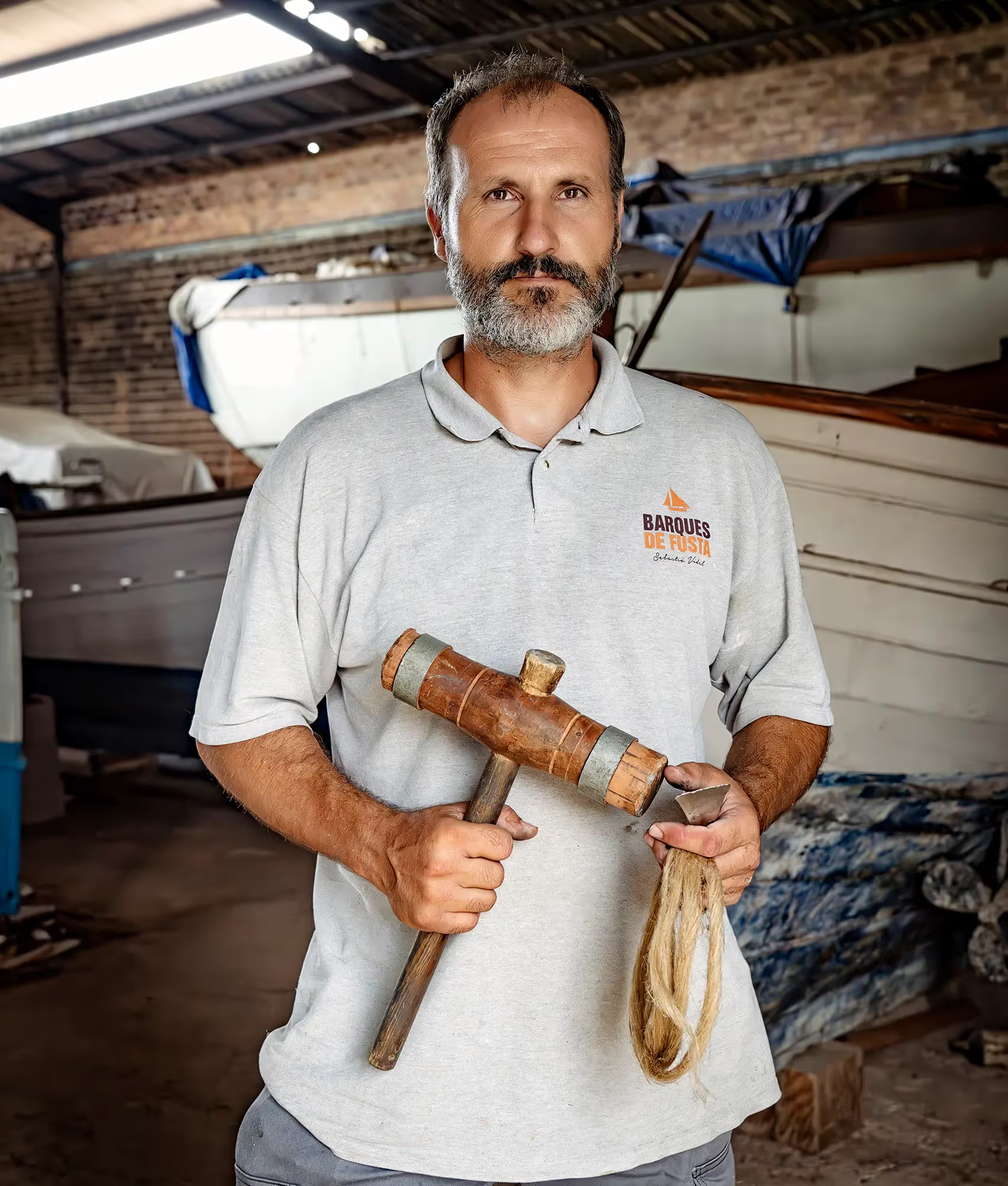
Lots of the places I find just by wandering. I’ll go to a town or neighbourhood and just walk. Many of the buildings I find have never been written about – lots of the architecture from the 1960s, for example, just doesn’t seem to have been celebrated in a way that it deserves. So then finding information can be slow – I write to the owners of hotels and homes and, often, people reply. I’m also a journalist, so I know how to find sources. Then on top of that, I want pictures that are worth sharing. Sometimes I return to a place several times to get what I want. I started taking pictures on my phone but then switched to a Fujifilm X100VI. On a good day you get amazing results but, unlike a phone’s camera, it can be temperamental – but it’s my partner in this project now. We have to get along. I also hope there’s some rigour to the framing of the images, to the process of unpacking the elements that make a building sing. Not everything is perfect on the account but I think it feels consistent and I hope reveals that some care went into the process.


The buildings I shoot and write about are from the late 1800s to now, and everything from churches to shops. The thing I love is that, across this time span, it feels like every architectural movement landed on the island – you will suddenly find a Brutalist gem in a village, a statement of Catalan Modernisme in an industrial town. And, today, Mallorca retains an incredible concentration of design talent that’s really among the best in the world. That keeps me looking, scanning the horizon.
I would like to make a book. There must be at least five people who would want a copy! As a journalist and magazine editor, I like print and the process of editing, finessing, selecting, so at some point a book would be a nice outcome. And an excuse for a party.



I first came to the island on vacation, over 20 years ago. A friend, Tyler Brûlé, the founder and editor of Wallpaper magazine, had been staying at the then just opened Hotel Portixol and encouraged me to visit. I am not saying that he’s persuasive, but I followed his advice and so began my relationship with Mallorca.
Then in 2007 I joined Tyler on his next project, Monocle magazine. And two years after its launch, in 2009, Tyler suggested that we should do something fun to stay in touch with readers as they headed off on their summer holidays and a plan was hatched to open a seasonal store for that August in Santa Catalina, Palma. At various times during that summer of 2009, we both ran the shop – turns out I am good at wrapping purchases. It was a lot of fun. I checked back into the Hotel Portixol. By now there was no keeping me away from Mallorca.
No. Because as the archive grows, I have had fun making collections, finding themes in the images – from architectural elements that help you keep cool in summer to ‘beware the dog’ signs on homes. And also because there are so many new and interesting buildings being unveiled all the time.
I don’t have a top 5 but here are five I like a lot
1. The first place I posted was the Ultima Hora building on Paseo Mallorca by Josep Alcocer, constructed 1962 to 1967. A beauty with a facade covered in wooden shutters. It faces a 2022 building by Ohlab, Paseo Mallorca 15, which also uses external timber – this time as vertical beams – to create shade and filtered sunshine for its residents. Both are important projects.
2. Hotel Araxa, completed in 1958, by Francesc Mitjans Miró (he also designed the Palma Sport and Tennis Club). While many hotels from the period have lost all their original charm in misplaced “upgrades”, the Araxa glows with all its early promise.
3. Església de Es Llombards, built 1962, by Antoni Alomar. I love his work – he should be world famous. This church is such a bold modernist statement but with touches of craft and detailing that make the spirits soar.
4. The studio of Lluís Castaldo in Sollér by Sebastian Gamundi. The building is perched on a thin strip of land between two roads and its unusual design, with a dipping concrete canopy at one end, makes it look almost like a crouched armadillo.
5. Gran Meliá Hotel de Mar, Illetes, 1964, by José Antonio Coderch. Known also as the Hotel de Chocolat because of the reddish-brown tiles that cover its façade. And a clever design that means all rooms have sea views.
.avif)










